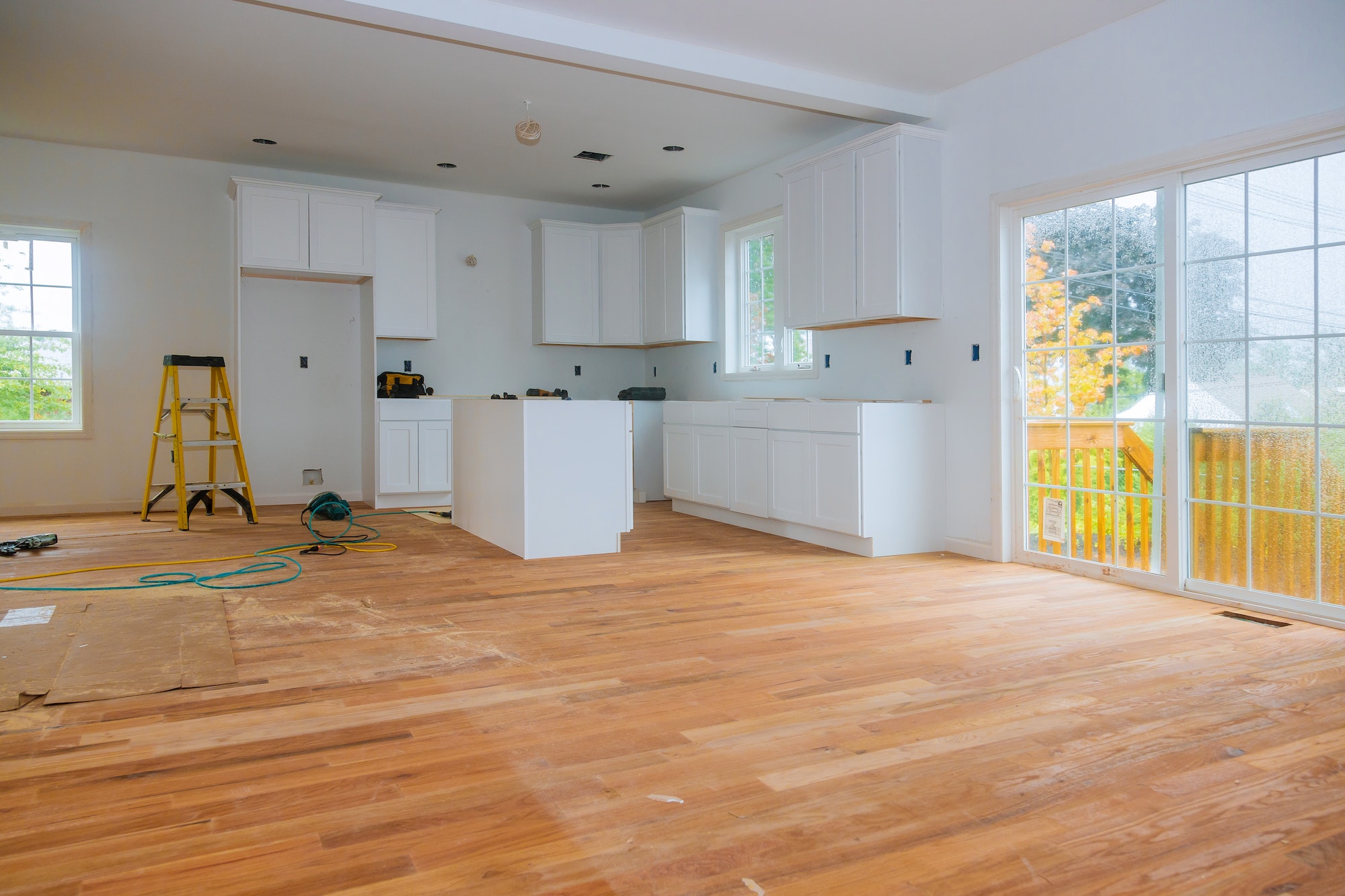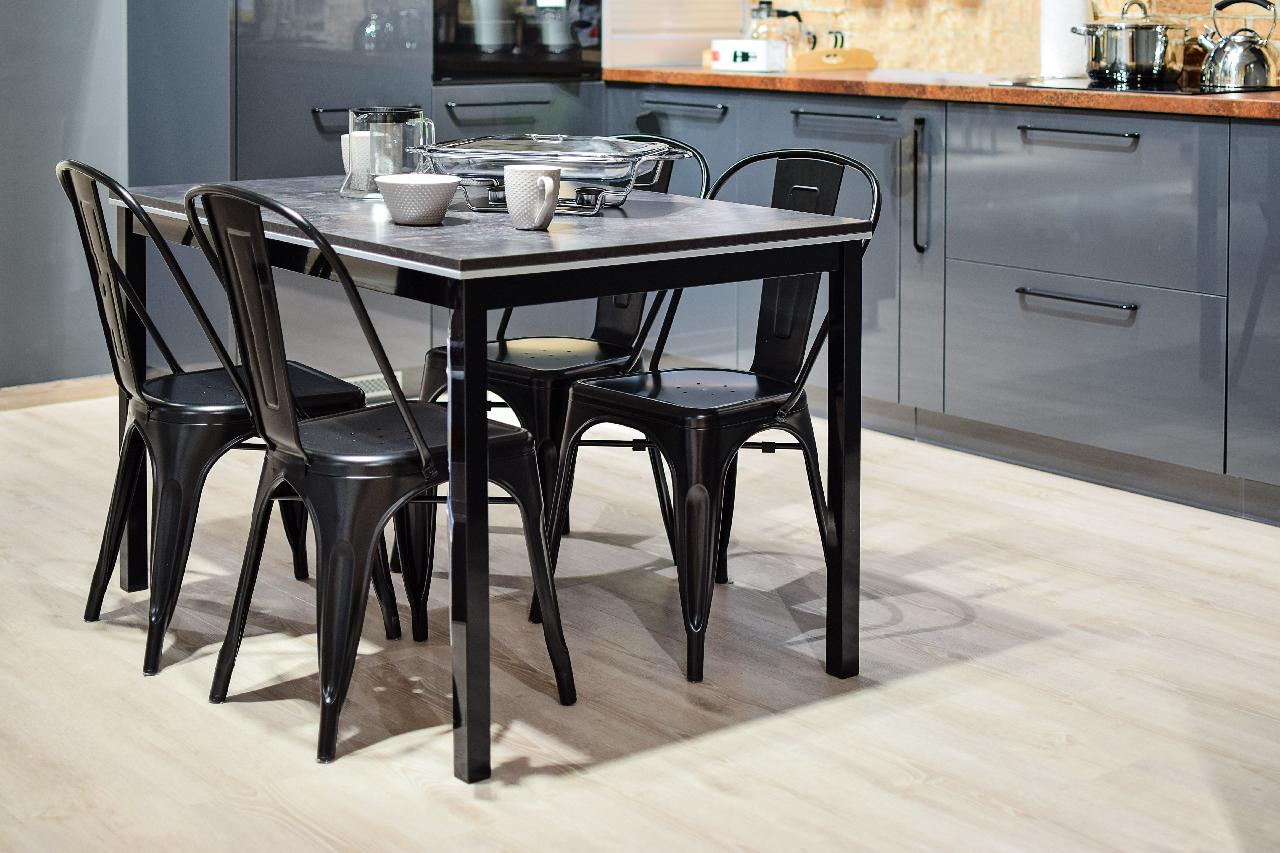Everyone dreams of a house that isn’t just a building, but a home; a place of comfort that caters to the needs of every member of the family. A home where each room has a purpose, from the cozy living room that holds shared memories, to the inviting kitchen that stirs the senses. Yet, even with the most beautifully designed homes, there comes a time when change becomes necessary. A time to bring in fresh air, introduce new elements, and optimize spaces for long-term comfort.
But how can we make such changes without disrupting the soul of our beloved homes? We need an approach that takes into consideration not only aesthetics but functionality and sustainability. With that in mind, here are some insightful tips on how to create a long-term, comfortable living environment during your next renovation project.
Planning and Prioritizing
Planning is the key to successful home improvement projects. You need to identify the areas that require most attention and prioritize them based on necessity and budget. Assess your home’s current conditions and consider future needs, such as children growing up, parents aging, or working from home necessities. This long-term perspective will help you avoid frequent, costly modifications.
Invest in Quality
When it comes to selecting materials for your renovations, choose quality over cost. You might save money in the short term with cheaper alternatives, but high-quality materials provide long-lasting comfort and require fewer repairs or replacements. From flooring to insulation, investing in superior materials ensures longevity and enhanced living conditions.
Sustainable Choices
The term “sustainable design” might sound like a modern buzzword, but it holds real-world benefits. Opting for energy-efficient appliances, eco-friendly materials, and well-planned layouts can significantly reduce utility bills, improve indoor air quality, and contribute to a healthier environment. Solar panels, low-flow fixtures, or high-efficiency HVAC systems are all excellent examples of sustainable remodeling decisions.
Adaptable Designs
In the context of long-term comfort, flexibility is a key factor. An adaptable design accommodates changes in family dynamics, lifestyle, or physical abilities. For example, a room initially used as a home office could transform into a guest room or a nursery as required. Or, designing hallways and bathrooms to be wide enough for wheelchair access can be a thoughtful and practical choice for the future.
Smart Technology
Smart home technology has revolutionized our daily lives. From automated lighting and heating systems to advanced security measures, technology can significantly improve the comfort and safety of your home. During your renovation, consider integrating smart home elements that could simplify routines and provide peace of mind.
Professional Help
While some might be tempted to make it a DIY project, professional guidance can be invaluable. Architects, interior designers, and contractors bring expertise and experience, helping you avoid costly mistakes and ensuring the project aligns with your long-term comfort vision.
With the right approach to home remodeling, you can transform your space into a haven of comfort, optimized for your long-term needs. The key is to balance aesthetics with functionality, and personal preferences with forward-thinking designs. So, as you plan your next renovation project, keep these tips in mind for a home that grows with you, providing comfort and joy for many years to come.
Discover more from Futurist Architecture
Subscribe to get the latest posts sent to your email.




